Michael Weinstein is a seasoned writer and a dedicated expert in work safety, footwear, and popular shoe brands. With years of research and expertise, he's...Read more
Michael Weinstein is a seasoned writer and a dedicated expert in work safety, footwear, and popular shoe brands. With years of research and expertise, he's...Read more
Even in a short time trial, do your new work boots trigger blisters or corns on your feet? Is it rubbing your feet pretentiously even after a break-in? These are common problems with new work boots. According to many experts, it is most likely the result of an improper break-in process. They also find some simple techniques for fixing the situation.
Here you will get those easy and effective techniques of how to break in work boots. Also, you will find how to stop steel toe boots from hurting your feet. So, let’s Dive Deep to know more.
Why It’s Essential to Break Work Boots In?
Breaking work boots is vital for reducing pressure on your feet and preventing blisters. However, safety boots are not like other types of footwear in terms of aesthetics. In such boots, the safety of the feet prevails over comfort. As a result of the rigid materials, the boots usually become a prison for the users’ feet. Also, too-large boots allow for too much movement, resulting in blisters and hot patches.
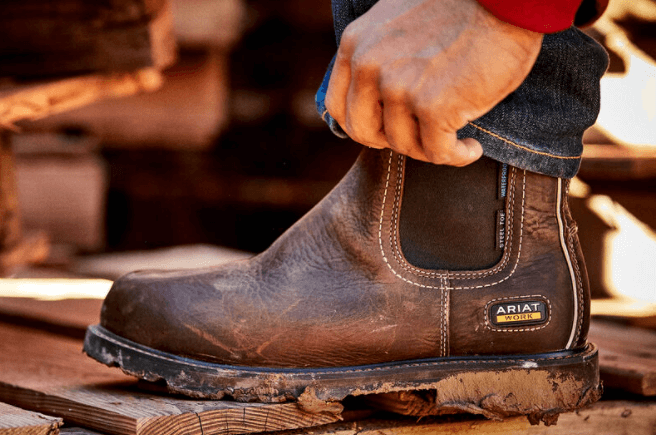
According to studies, a person wears a working boot for almost one-third of a day on average. Therefore, the footwear must be foot-friendly for such a long period. Otherwise, the feet will not be able to support the body as it moves forward. That’s why it’s essential to break in work boots for a comfortable fit.
How To Break in Work Boots
Now is the time to break in your new work boots. This is accomplished by stretching and lightly crushing the boot to loosen the leather fibers. Let’s look at several standard methods to wear new boots that are both simple and effective.

1. Wear Them Around the House in Different Surfaces
Wear your boots and walk on the floor, in the garden, on the lawn, and any other available surface. Do it for at least 10 to 30 minutes three to four times per day. It softens the shaft of the boot by stretching the filaments and conforming to shape faster.
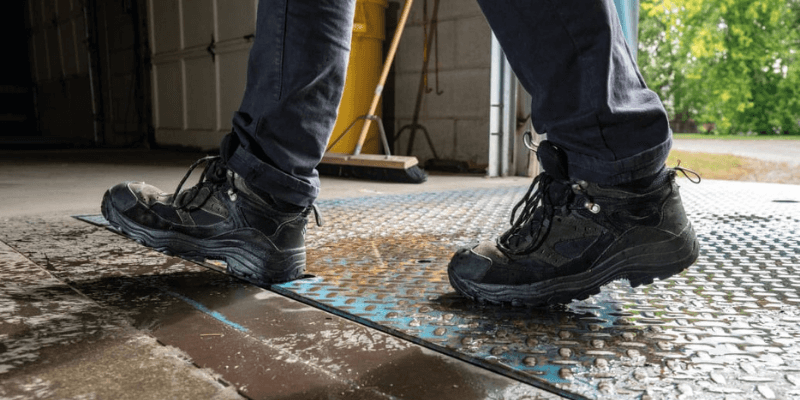
However, do not stroll over mud, wet surfaces, or filthy places. It can render your boots dirty and, in some situations, unreturnable. It may also detract from the attractiveness of your new work boots.
2. Tie Laces Freely
After slipping your feet into the boots, loosen the laces as far as possible. It gives the foot more room to move and makes walking more pleasant. As a result, hot patches can be decreased, and blisters can be avoided.
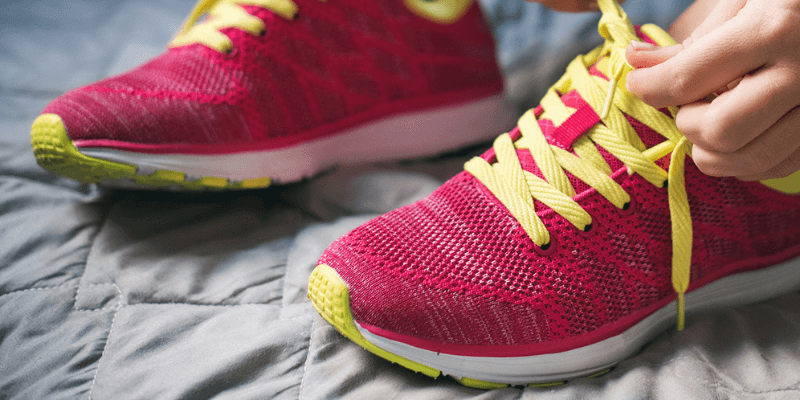
Make sure there is sufficient space between the eyelets on both sides when working with laces. Otherwise, it may cause discomfort and impediments while walking.
3. Wear Thick Socks
Thick socks, particularly woolen socks with padded toes, aid in the break-in of boots. It helps to loosen up the boots by stretching the leather fibers. It also helps to maintain proper foot shape and alleviates foot pain.
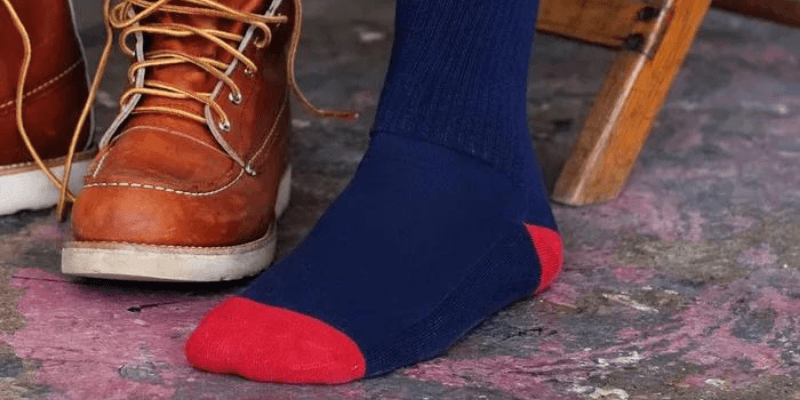
In the summer, though, it may become overheated, raising the internal temperature. So, you can wear nylon or mixed polyester shocks instead of woolen ones in summer.
4. Apply Conditioner to Soften Leather Boots
It’s a prevalent technique for leather boots. It’s also a low-cost option. On the outer surface of your boot, apply any boot conditioner mixed with room temperature water and let for 30-45 minutes.
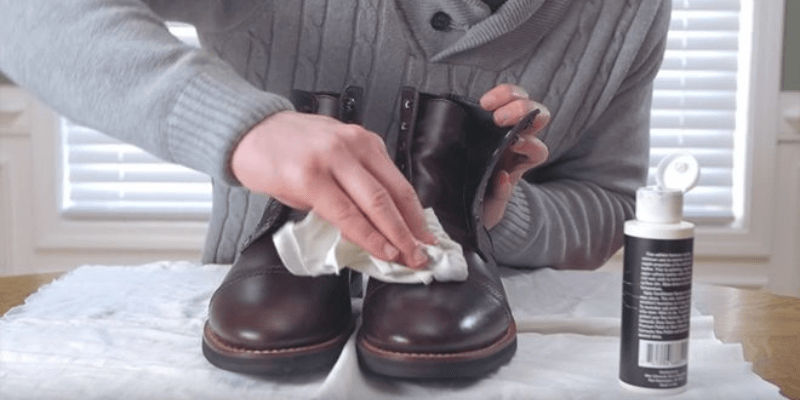
During this time, spray the mixer 2-3 times. The boots should then be washed. However, if you have oil leather conditioner, avoid using the regular ones.
5. Use Boot Stretcher
If you are busy and don’t want to spend time on your boots, you can use a shoe stretcher. It’s the simplest way to do it. First, get a shoe stretcher according to your feet size and put it into your boots for at least 24 hours.
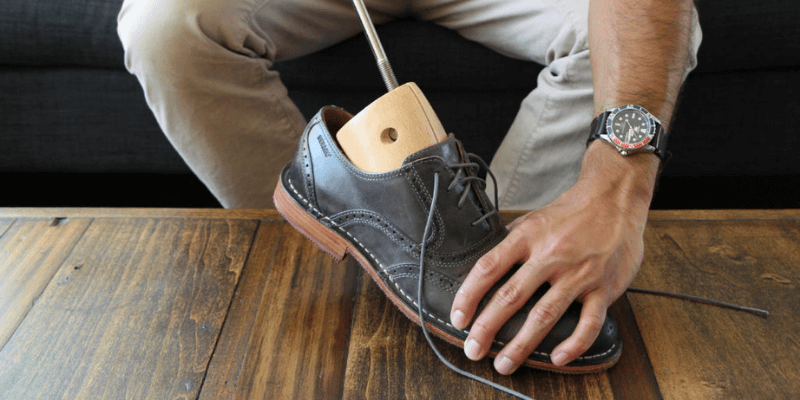
Then test your boots, if it’s okay. Otherwise, revise the procedure. However, this technique doesn’t work correctly with a person with big foot.
6. Apply Boot Stretching Spray
Leather boots respond well to boot stretching spray. Also, this process is pretty simple. Spray twice and put on the boots right away. It aids in the stretching of leather fibers. Do that until you feel at ease.
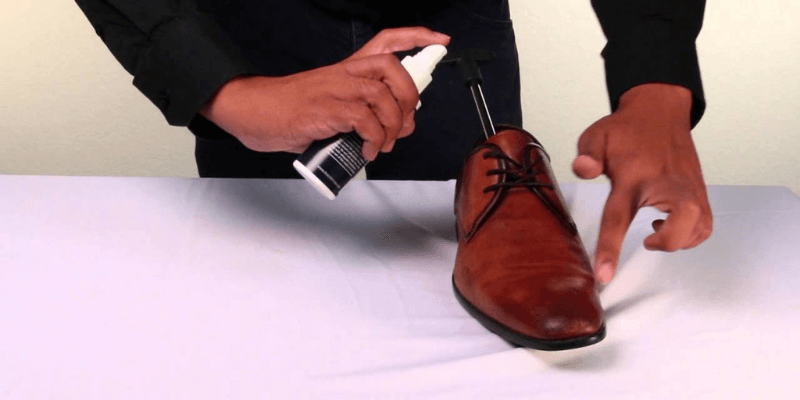
The stretching spray will help you break in your boots quickly. So, if you’re in a rush, go ahead and do it. It will undoubtedly meet your expectations.
7. Bend the sole
Bending the soles of your boots is an excellent technique to break them in. It gives the sole more flexibility and makes it more pleasant to wear. To bend a boot, first hold it with one hand and bend the midsole with the other. Continue going up and down for a total of 4-5 times. Then put on your boots and see if everything is in order. Always bend the boots before putting them on.
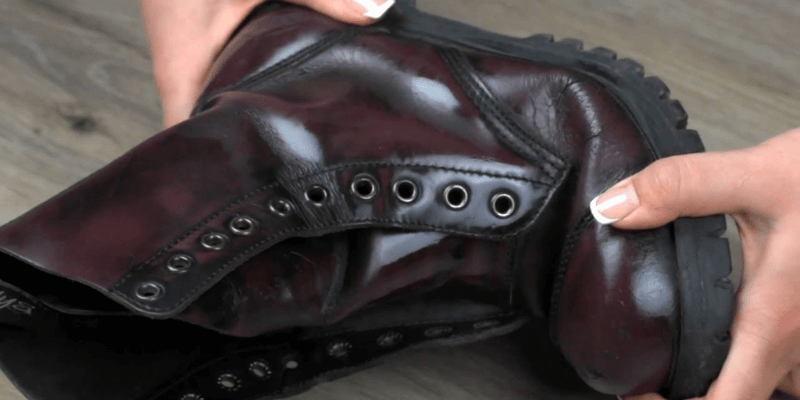
Although bending is effective, it can result in fissures on the upper surface. So, before you bend, use vaseline to polish your boots. It works well with leather work boots. Because the petroleum jelly mixture not only softens but also protects the leather from cracking.
Do’s & Don’ts of Breaking in New Work Boots
There are numerous conventional methods for breaking in boots. However, not all of the methods function in the same way because boot materials vary. Here are a few Do’s and Don’ts when it comes to breaking in new work boots.
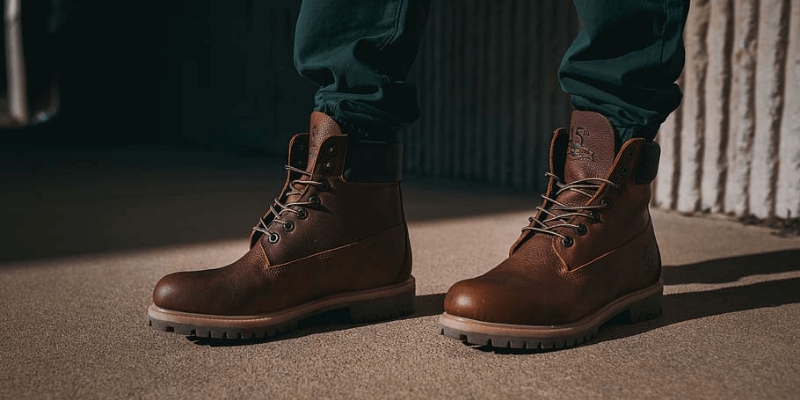
Do’s
- Do wear them around the house on different surfaces – It speeds up the break-in process and acts as a trial run for new boots. As a result, future applications are simple.
- Do wear thick socks – Thick socks are an excellent way to alter the boot’s shape, loosen the leather fibers, and boost comfort.
- Do apply boot conditioner – The boot conditioner basically works on the boot filaments and makes it flexible. Also, make the leather clean.
Don’ts
- Don’t apply direct heat – Direct heat may cause the leather to burn or the sole to be damaged. It also tightens the body of the boots. As a result, avoid putting direct heat on your footwear.
- Don’t soak your boots completely – Though some people use this method to breaking in leather boots with water, it actually damages them. Also, to produce an unpleasant odor inside the boots. It can take a long time for something to dry.
What Happens if You Do Not Break in New Work Boots
Several issues arise as a result of not breaking the boots after purchase. Some have to do with comfort, while others have to do with health. If you do not break your new work boots, here are some of the most prevalent foot problems from work boots.

- Less comfort: It will be challenging to wear the boots and provide less comfort while working if you do not break them.
- Foot Pain: The hard form and sole may cause foot pain because you can’t move your feet freely because it isn’t broken in.
- Blisters and feet corns: New work boots can cause blisters and feet corns as the boot remains tight.
- Leg pain: Unfit boot arch may cause discomfort to your leg muscles and knees.
- Back pain: Because it puts extra strain on the thigh, the wrong boot size might cause back pain. You can wear work boots for back pain if you already suffer from back pain.
Frequently Asked Questions
When it comes to how to break in new boots, there are thousands of questions. I’ve answered some of the most frequently asked questions here.
How long does it take to break in new work boots?
Actually, the techniques you choose are entirely up to you. It could take anywhere from a week to a month to totally break in.
Do boots get bigger when broken in?
The sole remains the same, but the leather loosens, making it appear larger. So, it’s not becoming bigger, but it’s becoming more adaptable.
Are steel toe boots bad for feet?
So, Are steel toe boots bad for feet? The answer is – No, all steel toe boots are not wrong for feet. But If it feels tight, then it’s bad for your feet as it can cause damage to your feet.
Should work boots fit tight or loose?
Work boots should be fit as tight as they can support your feet and as loose as your feet can move into it. So, not so tight or not so loose because both can cause damage.
Is vaseline suitable for leather boots?
Yes, vaseline is suitable for leather boots. It helps to soften the leather and removes the scuffs and scratches.
Summary
So, you have a variety of options for how to break in work boots. However, if you only use one or two methods, it may take a long time to get used to them. As a result, if you want to break in your boots faster, combine two or three successful methods. Also, the break-in period must be appropriately maintained. Also, maintain your boots clean and tidy at all times.
Recent Posts
Puma sneakers have different sizing depending on the specific style and model. It's recommended to check the product description or reviews for each sneaker to determine if they run small or large....
How To Lace Puma Shoes? If you're a fan of Puma shoes and want to learn how to lace them, you've come to the right place! Lacing your Puma shoes properly not only adds a stylish touch but also...
